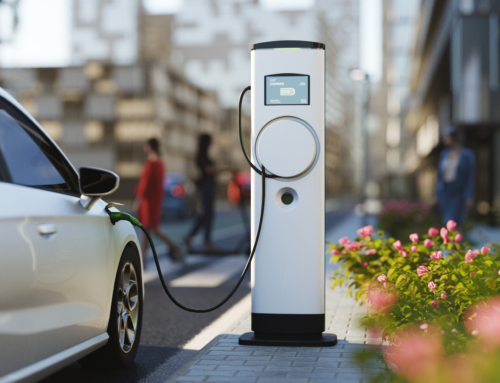If you’re still sipping your mojitos or slurping your morning smoothie through a plastic straw, it’s time to think twice! Plastic straws may be convenient, but there is growing evidence to all the damage these seemingly harmless utensils are contributing to our planet.
This evidence has led progressive cities like San Francisco and Seattle to enact laws banning plastic straws from restaurants. Other countries are even farther ahead of the game, and many celebrities have come out voicing support to the cause. In fact, some have declared the “Stop Sucking” campaign to be one of the biggest movements of 2018.
Join the Movement
Clearly, plastic straws are on their way out. Despite how handy they are, they really aren’t needed by most people, and there are plenty of alternatives that decrease damage to humans and marine life alike.
A brightly colored straw may go hand in hand with your daily iced coffee, but the environment will thank you if you join the green movement and skip it. So why are plastic straws being banned? Here are some important facts to learn about why ban plastic straws:
1. They’re one of the top items found on beach cleanups.
Plastic straws are one of the most common trash items found on beaches all over the world. Aside from being harmful to animals, they’re an unnatural element that makes our beaches a less inviting place to be.
2. They’re a choking hazard for birds and fish.
Straws have been found in the bellies of fish, sharks, turtles, and other sea creatures who have mistaken the plastic for food. This has been the cause of death for many of these animals.
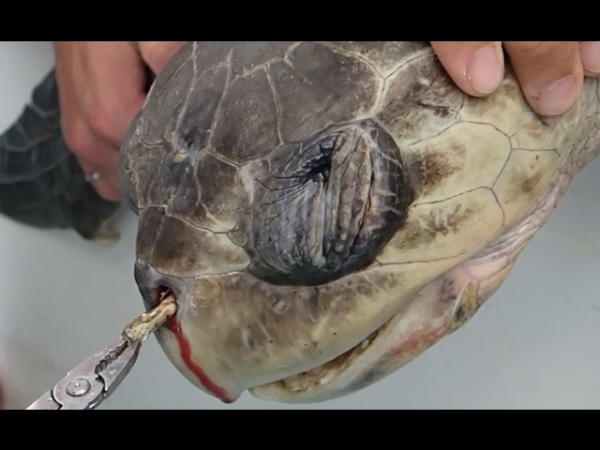
You are probably familiar with this sea turtle that went viral after it sadly was found with a plastic straw stuck in its nasal tract.
3. They aren’t recycled.
You may think you’re doing the earth a favor by throwing your plastic straw in the recycling bin. But are plastic straws recyclable? No! They’re actually too small and lightweight for the recycling machines, so they usually fall through the cracks and end up in the ocean or landfill.
4. 500,000 million straws are used in the US every day.
So why are plastic straws bad? One amazing statistic about straws is the sheer number used every day. Americans love their straws, and they’re simply going to keep collecting and harming the environment if we keep using them at this astounding rate.
5. Some straws are toxic and carcinogenic.
We’ve focused on the harm straws bring to the environment, but straws are also harmful to humans. Even straws that say they’re BPA-free may not actually be safe for use. The harmful chemical has been linked to cancer in animals and could do harm to humans as well.
6. Soon there will be more plastic in the ocean than fish.
Who dreams of spying soda bottles and plastic straws while snorkeling in the tropics? We certainly don’t! But researchers predict that plastic will outweigh fish in the ocean by 2050.
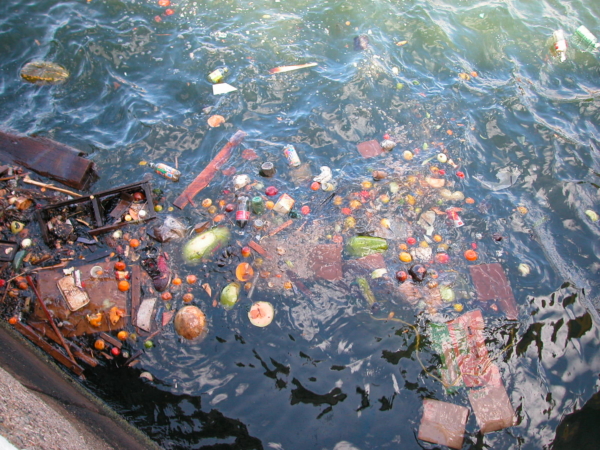
Here we have a photo of an all too common occurrence of garbage being clumped together.
7. They’re wasteful and unnecessary.
The average person uses more than 38,000 straws in a lifetime, at a rate of 1.6 straws per day. This leads to a massive amount of waste. In short, we simply don’t need straws and can do so much good for the environment by skipping them.
Plastic Straw Alternatives
By now you’re probably convinced: passing on plastic straws is totally worthwhile. And while you could simply sip straight from a cup, what if you aren’t loving that option? Some people choose a straw because of disabilities, mouth injuries, or to avoid cavities. If you’re one of those people, there are luckily some great eco-friendly alternatives to the plastic straw. Here are just a few:
- Reusable straws made of steel
- Reusable straws made of glass
- Disposable straws made of paper
- Disposable straws made of bamboo
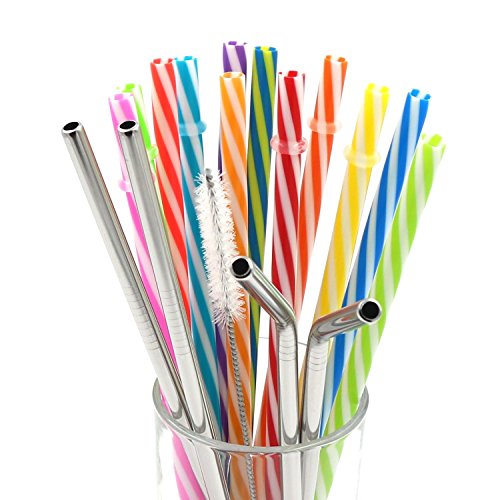
These are simple examples of commonly seen reusable straws that can be purchased off places like Amazon
As a last resort, reusable straws made of plastic are an option. They still pose the same problems as one-time use plastic straws, but can be used many times over and therefore decrease waste.
Evaluate Your Habits
Whatever green straw option you choose, be sure to evaluate the rest of your habits while you’re at it. Make reusable bags, silverware, and containers part of your daily life. You can also reduce your waste by using a power and gas company that is environmentally aware. By taking it one step at a time, you’ll be well on your way to helping protect our planet.

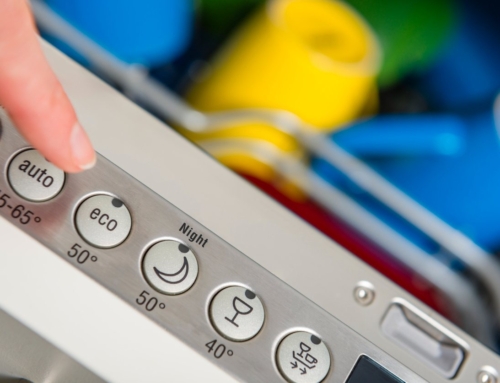
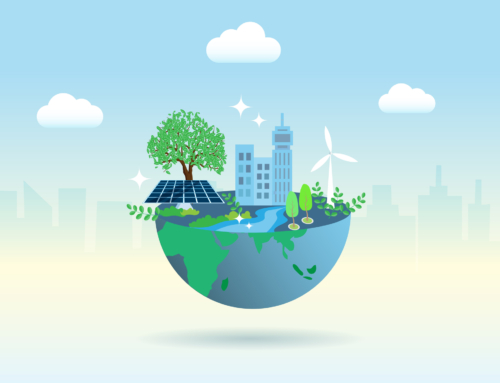
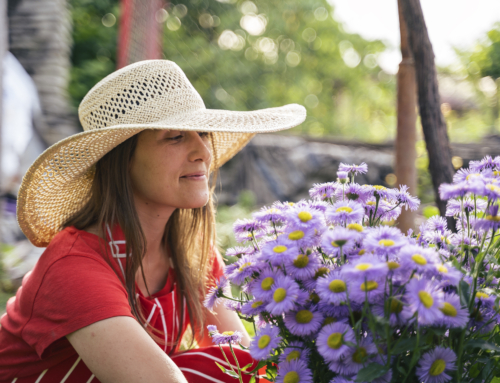
![Top 11 Sustainable Building Practices for Eco-Homes [Plus 5 Sustainable Materials]](https://springpowerandgas.us/wp-content/uploads/2023/02/iStock-181062267-500x383.jpg)
